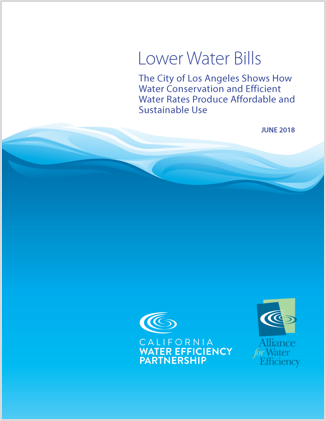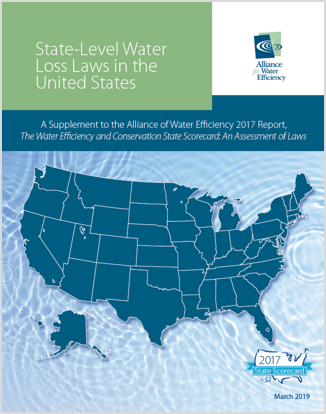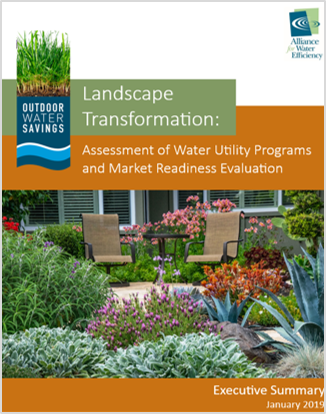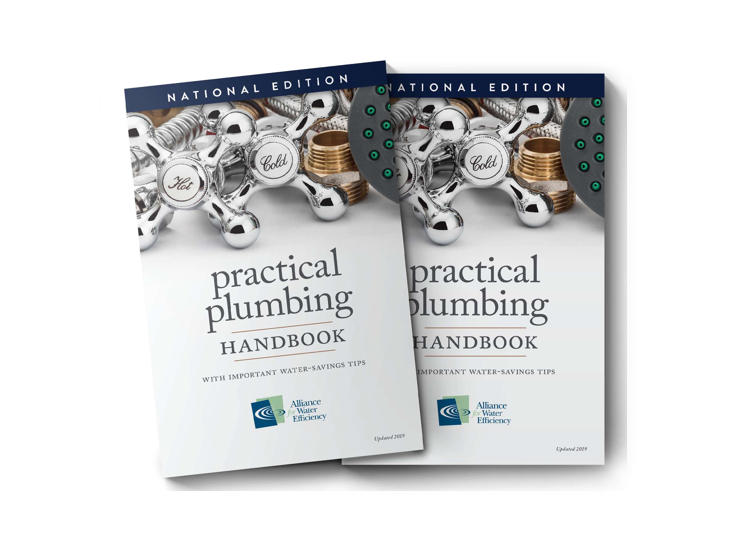Are Los Angeles ratepayers better off by conserving water over the long term? That’s the question explored in a new study released by AWE and the California Water Efficiency Partnership (CalWEP) in partnership with the Los Angeles Department of Water and Power (LADWP).
“Many customers and water professionals are perplexed by rate increases when system-wide water use goes down, and blame water conservation and efficiency as the culprit for higher rates,” said CalWEP Executive Director Mary Ann Dickinson. “This study shows that water conservation really can pay off for ratepayers over the long term.”
The study analyzed LADWP’s water conservation efforts and impact over the past several decades. LADWP provides water to more than 4 million residents in the City of Los Angeles. Over the years, LADWP has been a leader in water efficiency and conservation. In addition to conservation programs, LADWP also utilizes water rate structures that encourage efficient water use, billing customers for only the actual amount of water they use (rather than billing a flat rate in combination with volumetric rate, as many California water providers do).
With these programs in place, LADWP customers reduced their water use from 180 gallons per capita per day (GPCD) in 1990 to 106 GPCD in 2016--even as the population increased from 3.5 to 4 million people.
As water use decreased, LADWP avoided roughly $11 billion in costs from 1990 to 2016 that would have come from having to purchase additional water to serve 500,000 more people, the study found. The result: Customer bills are nearly 27 percent lower today than they would have been without the department’s efficient rates and conservation efforts.
“LADWP’s case study clearly shows that it’s time to stop blaming water conservation for rate increases,” Dickinson said. “Conservation and efficient rates pays off through lower utility operating costs, and ultimately can lower the cost burden on customers.”
Click here to view the corresponding webinar summarizing the findings of this study.






